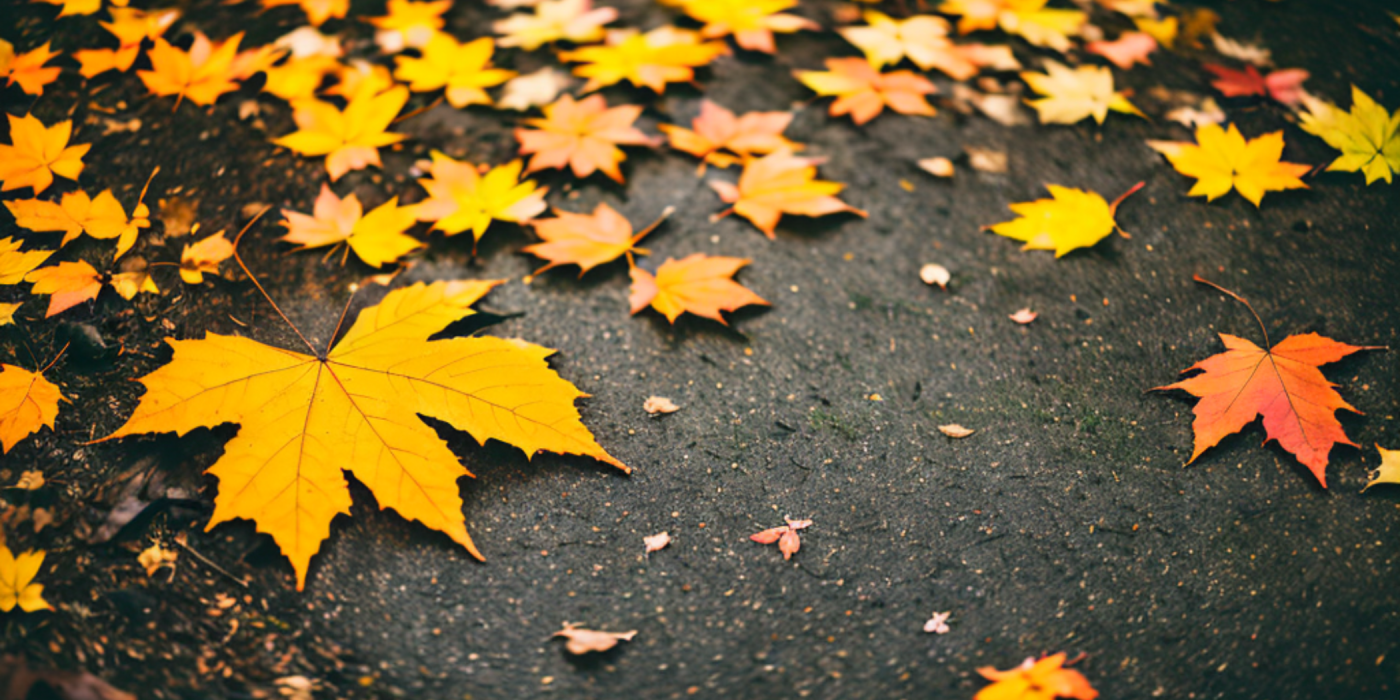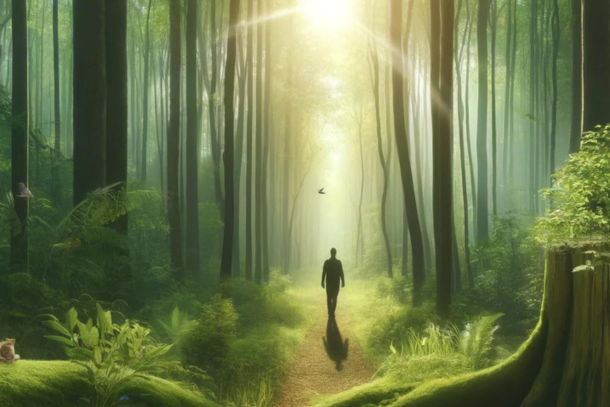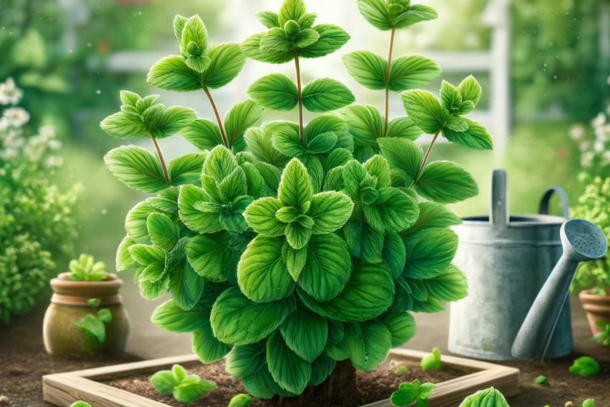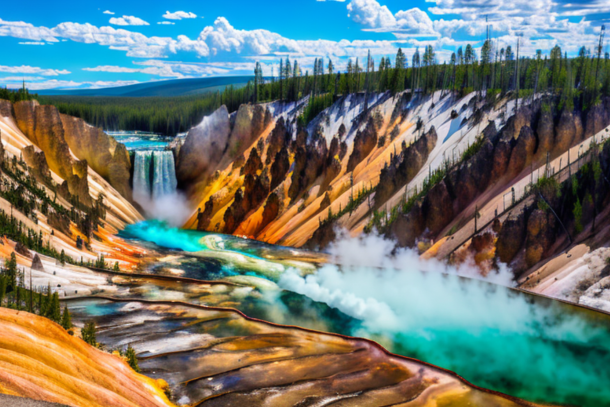The Fall of the Leaves: A Celebration of Autumn Colours in Britain

As the year matures into its later months, an annual spectacle of nature unfolds across the United Kingdom. Autumn - a season adored by many, takes centre stage. An introduction to the season wouldn't be complete without honouring the emblematic sight of autumn leaves.
The Magic and Beauty of Autumn Leaves
In the heart of autumn, the verdant greens of the British countryside undergo a remarkable transformation. Trees adorned with leaves of vibrant hues, ranging from fiery reds and oranges to golden yellows, create an enchanting landscape that sparks a sense of awe and wonder.
These autumn leaves serve as nature's own kaleidoscope, painting the scenery with a warm and comforting palette that contrasts the cooling temperatures. Walks in the park become a leisurely stroll through an outdoor art gallery, each tree a masterpiece showcasing the beauty of the season. Whether it's the rustling of the fallen leaves underfoot, or the gentle shower of colours as the wind sweeps through the canopies, autumn leaves in the UK offer a multi-sensory experience that is nothing short of magical.
Why Autumn is a Favourite Season
Many Brits harbour a particular fondness for autumn. Perhaps it is the nostalgia invoked by the crunch of leaves under wellington boots, or the anticipation of cosy evenings spent by the fireside with a hot cuppa in hand. The season represents a perfect blend of comfort, warmth, and natural beauty that resonates with people.
Moreover, autumn signals the start of festive cheer with events like Halloween and Bonfire Night, fostering a sense of community and excitement. The leaves, with their vibrant spectacle, serve as the backdrop to this beloved time of the year, amplifying its charm.
Indeed, when one considers the breathtaking views and the homely appeal of this time of year, it's easy to understand why autumn, with its stunning array of leaves, is a favourite season for many in the UK.
Understanding the Autumnal Palette: The Science Behind the Colour Change
Each year, as summer transitions into autumn, we're greeted with a mesmerising shift in the scenery. The lush greens of the British landscapes transform into a riot of warm hues – from vibrant yellows to fiery reds. But what prompts this stunning change in colour?
Why Leaves Change Colour
The leading actor in this seasonal play is a green pigment known as chlorophyll. Throughout spring and summer, chlorophyll is busy conducting photosynthesis, the process by which plants convert sunlight into energy. However, as daylight hours diminish and temperatures drop in autumn, the production of chlorophyll slows down and eventually stops.
Without the dominance of chlorophyll, other pigments hidden within the leaves get their time in the spotlight. Carotenoids, which produce yellow and orange hues, and anthocyanins, responsible for red and purple shades, begin to reveal themselves.
Unveiling the Autumn Colours
Each leaf's autumnal transformation is a unique spectacle. The dazzling yellows and golds displayed by birch, aspen, and elm trees are attributed to carotenoids. This pigment is present in leaves year-round but is usually outshone by chlorophyll.
On the other hand, the brilliant reds and purples of sycamore, dogwood, and some species of maple are the result of anthocyanins. Interestingly, these pigments are not always present and are typically produced in response to stress conditions, such as low nutrient levels or bright sunshine on cool autumn days.
So, when you marvel at the stunning autumn leaves this season, remember there's a fascinating bit of science behind the mesmerising colours. It's the natural world's way of painting a picture for us all to enjoy.
Embracing Autumn: Top 10 British Locations for Spectacular Foliage
Autumn, with its mesmerising hues of red, gold, and orange, provides a visual feast that captures the heart and soul of the British landscape. From windswept moors to serene woodlands, we've curated a list of ten must-visit locations in the UK to experience the spectacle of autumn foliage at its finest.
1. Lake District, Cumbria
Dazzling colours and misty lakes come together to create an ethereal beauty that's hard to match. A visit to the Lake District in autumn is a feast for the eyes.
2. Stourhead, Wiltshire
Known for its magnificent garden and lake, Stourhead offers a picturesque panorama of autumn hues reflected in tranquil waters.
3. Westonbirt Arboretum, Gloucestershire
Hosting one of the world's most significant tree collections, Westonbirt Arboretum is a riot of colour in the autumn months.
4. Richmond Park, London
This vast park is the perfect urban escape to appreciate fall colours, complete with free-roaming deer.
5. Forest of Dean, Gloucestershire
Explore ancient woodland trails under a canopy of gold and russet - a true wilderness experience.
6. Exmoor National Park, Devon
Walk through open moorland and wooded valleys to immerse yourself in the autumn spectacle.
7. Winkworth Arboretum, Surrey
An outstanding collection of trees ensures a breathtaking show of colours each year.
8. The New Forest, Hampshire
In autumn, this ancient woodland offers an array of stunning colours that are a treat for nature lovers.
9. The National Arboretum, Staffordshire
This memorial woodland turns into a magnificent palette of reds, yellows, and browns in the autumn.
10. Thetford Forest, Norfolk
The UK's largest lowland pine forest presents a unique blend of autumn colours that's worth the visit.
Remember, the best time to visit these locations is typically from late September through October. So, pack your picnic, prepare for a walk, and take time to revel in the stunning hues of the UK's autumn foliage.
Clicking the Colours: A Guide to Photographing Autumn Leaves
As the verdant green of summer subsides, we are greeted with the russet, gold, and fiery red hues of autumn. It is a spectacle that many strive to capture, a breathtaking canvas that nature paints for us each year. In this section, we will share some photography tips to help you encapsulate the stunning beauty of autumn leaves.
Perfect Timing and Lighting
Timing is essential in photographing autumn leaves. The so-called 'golden hours'—the first hour after sunrise and the last hour before sunset—provide the most flattering light. This soft, diffused light brings out the vibrancy of the colours and casts appealing shadows, adding depth to your photos.
The Art of Composition
Try various composition techniques to create more engaging shots. The 'rule of thirds' can be particularly effective, where you divide your image into nine equal parts and place your subject along these lines or their intersections.
Close-up shots of individual leaves can highlight the intricate details and unique colour patterns, whilst wide-angle shots can capture the grandeur of an entire autumnal landscape.
Choosing the Right Photography Equipment
A DSLR or mirrorless camera with interchangeable lenses can offer the most flexibility. However, a good smartphone camera can also yield amazing results, especially when coupled with photo-editing apps to enhance the final image.
A tripod can be very useful for stability, particularly when shooting in low light conditions during the golden hours. Macro lenses or macro settings can be beneficial for close-up shots, emphasising the texture and detail of the leaves.
In conclusion, photographing autumn leaves can be a rewarding activity, combining a love for nature with creative expression. With the right techniques and equipment, you can immortalise the enchanting display of autumn's kaleidoscope of colours.
A Crafty Autumn: DIY Projects with Fallen Leaves
There's no denying the charm of autumn leaves. As they fall and carpet the ground in a stunning array of colours, they become not just a symbol of the season, but also an excellent material for do-it-yourself crafts. From homemade wreaths to personalised bookmarks and unique collages, there's a wealth of creations to be made. So, why not bring a bit of autumn into your home with these simple, yet delightful craft projects?
Creating Your Own Autumn Wreath
A leafy autumn wreath can be a splendid addition to your home decor. To start, collect a variety of colourful leaves. Then, take a plain wreath base (which can be bought or made from twisted willow branches) and use a hot glue gun to secure the leaves around it, ensuring to overlap them for a full, rich look. Don't forget to let your creativity shine - mix different colours and sizes for a truly autumnal display.
Bookmark the Season with Leaf Bookmarks
A leaf bookmark can be a perfect autumn memento. Simply select a dry, pressed leaf and laminate it, leaving a small border around the edges. Once laminated, cut out the bookmark, punch a hole at the top and thread through some lovely autumn-coloured ribbon. Voila, you have a lovely, nature-inspired bookmark.
A Canvas of Autumn: Leaf Collages
An autumn leaf collage can be a fun project for all ages. Using a canvas or sturdy piece of card, arrange your chosen leaves in any design you fancy, then glue them down. Once dry, you might choose to seal your artwork with a clear varnish or leave it as is for a more rustic look.
With these simple DIY crafts, autumn leaves can be more than just a seasonal spectacle. They can become a part of your home, adding warmth, colour and a touch of nature to your surroundings.
The Cultural Tapestry of Autumn Leaves
Autumn leaves, with their vibrant hues and characteristic crunch underfoot, hold a deep-rooted significance in British culture, touching various facets such as literature, art, and popular tradition.
In the Pages of Literature
The colourful fall of leaves has been a muse for British authors and poets over centuries. From the romantic verses of John Keats' "To Autumn," where he eloquently paints a picture of 'Seasons of mists and mellow fruitfulness,' to modern novels where autumnal scenes often set the tone for reflection or change, the influence is clear. The falling leaves metaphorically embody themes of transience, beauty in decay, and the cyclic nature of life.
As an Artistic Inspiration
Similarly, in art, the warm palette of autumn has been a recurring theme in the works of many British painters. The Pre-Raphaelite movement, for instance, frequently used autumn landscapes, infusing them with a dreamy, almost spiritual quality. Contemporary artists too, continue this tradition, capturing the ephemeral beauty of autumn leaves in their compositions.
In Popular Culture and Tradition
Beyond literature and art, the cultural significance of autumn leaves permeates everyday life. Popular traditions such as Bonfire Night or the simple act of children collecting vibrant leaves, reflect our collective appreciation for this time of year.
In conclusion, the autumn leaf isn't merely a sign of seasonal change. It's a cultural symbol deeply entwined in the British ethos, resonating through our literature, art, and everyday customs, reminding us of the poignant beauty inherent in cycles of growth and decay.
The Imprint of Climate Change on Autumn's Palette
The vibrant beauty of autumn leaves, an annual spectacle we often take for granted, is susceptible to the influences of our changing climate.
The Changing Climate and its Effect
Climate change, characterised by shifts in temperature and altered precipitation patterns, impacts the natural world in myriad ways. For our beloved autumn leaves, it's a subtle yet profound shift. As global temperatures rise, the timing of the colour change can be delayed. Autumn's characteristic cool nights and shortening daylight cues trees to halt chlorophyll production, triggering the reveal of the golden hues and fiery reds we associate with the season. However, warmer autumns can push back this process, often resulting in less vibrant displays.
The Colourful Indicators
Changes in precipitation can also impact the colour and fall of leaves. Dry conditions can cause leaves to turn brown and drop prematurely, bypassing the full spectrum of autumn colour. On the contrary, wet conditions can extend the leaf's life, thereby prolonging the colour change and potentially leading to a less synchronised fall. This can result in a prolonged but less spectacular display.
Our Role in Preserving Autumn's Glory
Understanding these potential changes can help us appreciate the delicate balance that gives us our treasured autumn landscapes. It is a stark reminder of our responsibility to take meaningful action against climate change. The stunning spectacle of the autumn leaves is a testament to nature's brilliance, and it falls to us to ensure that future generations can enjoy this seasonal masterpiece.
Embracing the Autumnal Spectacle: Concluding Thoughts
Autumn leaves, in their myriad of fiery hues, are one of the most breathtakingly beautiful phenomena in the natural world. The way they colour our landscape, transforming the ordinary into the extraordinary, underlines their importance in our lives and our culture.
The Aesthetic Appeal of Autumn
Autumn leaves command attention. Their vibrant palette, ranging from gold to deep crimson, adds an element of charm and warmth to the increasingly chilly days of autumn. They turn parks, gardens, and woodlands into natural art galleries, their enchanting landscapes capturing the hearts of artists, poets, and ordinary folks alike.
The beauty of autumn leaves lies not only in their colours but also in their transience. The knowledge that their fiery display is but fleeting, adds a sense of urgency and appreciation to their viewing.
The Importance of Appreciation
We often take for granted the magic of the changing seasons. Yet, witnessing the transformation of the leaves from green to gold is a spectacle that deserves our full attention and admiration. Autumn leaves serve as a reminder of nature's cyclical rhythms, the constant change that governs not just the natural world, but our lives as well.
As the autumn season approaches, we encourage you to take the time to appreciate this natural spectacle. Go for a walk in your local park, take a weekend trip to the countryside, or simply enjoy the view from your window. Autumn is a season of change, a visual feast that should be celebrated and cherished.
Related to this article are the following:
- The Fascination of Pinecones in Autumn: A British Perspective
- Autumn Glory: The Splendour of Autumn Festivals in the UK
- Global Warming Wake-up Call: The Present Impact of Climate Change
- The Seaweed Blob 2023: An Ecological Phenomenon Explained
- How Does Climate Change Happen and What does Climate Change Effect?
I do hope you have enjoyed this article and hope that you will subscribe to my newsletter so you can get the latest information about all things naturally relaxing.
Stay in touch, join the Naturally Relaxing Newsletter
Newsletter Signup
Post Your Comments
or post as a guest
Be the first to comment.
Latest articles in Nature

Exploring the UK’s Most Serene Coastal Trails

The Healing Power of Nature: Forest Bathing Explained

Sustainable Gardening: Tips for Growing Your Own Herbs

The Yellowstone Supervolcano: A Sleeping Giant

The Lost City of Atlantis: A Geological Mystery






